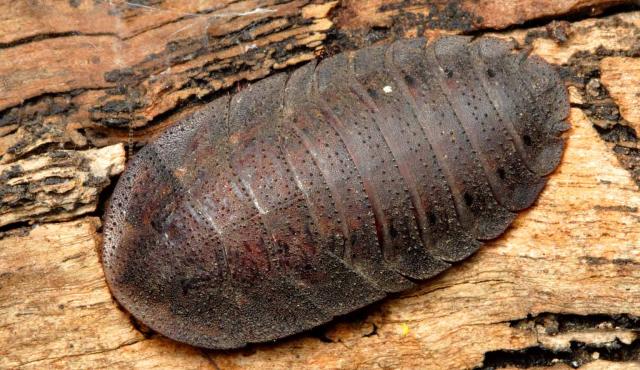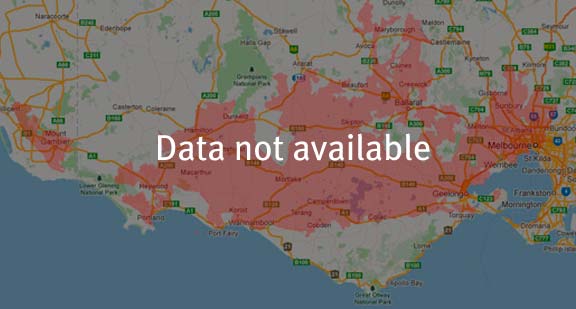A range of teacher professional learning programs will be developed to accompany the Biodiversity of the Western Volcanic Plains online outreach...

Bark Cockroach
Laxta sp.
Nocturnal. A communal insect that lives in small colonies using scent to communicate with each other. Many cockroaches lay their eggs protected in a tough, leathery capsule while some give birth to live young. The nymphs resemble their parents and moult up to 12 times before reaching adult size.
| Details | Description |
| Type | Invertebrate |
| Group | Insect - Cockroach |
| Identifying Characteristics | |
| Distinctive Markings | Dark, oval shaped, very flat body. |
| Diet | Herbivore. Eats wood fibres. Adult cockroaches are eaten by other invertebrates (especially spiders), birds, lizards, frogs and mammals. They are also parasitised by round worms and wasps. |
| Habitat | Lives under bark or under rotting logs in forests, woodlands and heathland. |
| Native Status | Native to Australia |
| Taxonomy | |
| Phylum | Arthropoda |
| Class | Insecta |
| Order | Blattodea |
| Family | Blaberidae |
| Genus | Laxta |
| Species | sp. |

Distribution maps indicate current and historic locations where species have been sighted.
Source: Atlas of Living Australia
| Conservation Status | |
| DEPI Advisory List | Not listed |
| FFG Act | Not listed |
| EPBC Act | Not listed |
The conservation status of species is listed within Victoria and Australia.
The Department of Environment and Primary Industry (DEPI) Advisory List consists of non-statutory advisory lists of rare or threatened flora and fauna within Victoria.
The Flora and Fauna Guarantee Act 1988 (FFG Act) lists threatened species in Victoria. Under the Act, an Action Statement is produced for each listed species.
The Environment Protection and Biodiversity Conservation Act 1999 (EPBC Act) is the Australian Government’s key piece of environmental legislation, listing nationally threatened native species and ecological communities.



